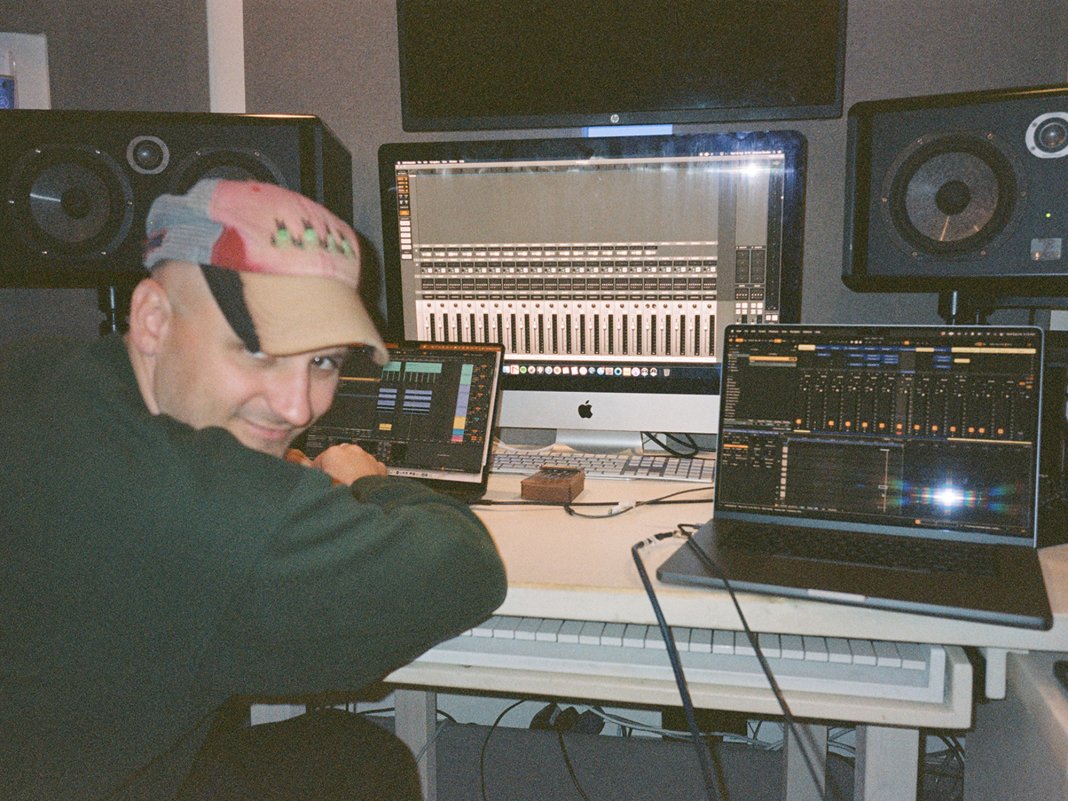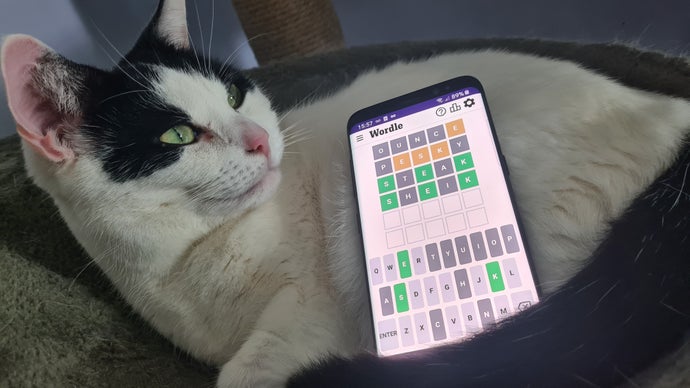In a bid to revolutionize their collaborative music-making process, producers Jacques Greene and Nosaj Thing have shifted away from traditional file-sharing methods to utilizing Ableton Link. This technological advancement has allowed them to create music without extensive verbal communication, fostering a seamless and spontaneous creative environment.
For Greene, whose real name is Phil Aubin-Dionne, electronic music provided an escape from the complexities of traditional band dynamics. “I got so excited about electronic music as a way to not be in a band,” he explains. Having played in rock bands during high school, he found the freedom to craft every element of his music without the need for negotiation. “Now I can make the drum part myself. I don’t have to argue with my drummer about the fill at the end of this bar.”
As the COVID-19 pandemic restricted in-person interactions, many musicians opted for remote collaborations, often leading to disjointed projects. However, Greene and his long-time friend Jason Chung, known professionally as Nosaj Thing, aimed to preserve the essence of collaboration through their newly formed project, Verses GT. They embraced the spirit of individualism inherent in electronic music while striving for a cohesive outcome.
At the heart of their collaboration is Ableton Link, which synchronizes multiple computers running Ableton Live. This technology enables Greene and Chung to work simultaneously, exchanging and enhancing each other’s ideas in real-time. “There’s a beauty in playing into each other’s strengths,” Greene notes. “It’s as much a coming together as it is allowing space for expertise.”
Their friendship spans years and includes previous collaborations, including a co-DJ tour in 2017. They have also worked together on earlier tracks such as Too Close (2023) and RB3 (2024), laying the groundwork for Verses GT. Greene admits, “We started working together slowly, but at first, there wasn’t a plan. We didn’t know we were gonna do a band or an album.” This organic evolution has led to a shared understanding of their creative workflow.
The duo produced music across various locations including London, Los Angeles, Tokyo, Paris, and Montreal. They made it a point to work together in person, despite the time gaps between sessions. “This record is about our relationship with the internet and friendship,” Greene explains. Their commitment to starting ideas in person has infused their music with authenticity.
The second layer of their workflow is the use of Ableton Link, which has transformed their collaborative dynamic. Rather than alternating between computers, they can now build songs together in real-time. “Having the two laptops running Live at once, in sync, meant that we could build a whole song without speaking,” Greene states. This method has fostered spontaneous musical exchanges, enhancing their creative output.
Chung highlights the unique approach they took towards their music, likening it to cooking. “It’s almost like we both had our own refrigerators with our ingredients,” he says, referring to their distinct production styles. This metaphor extends to their mixing process, as they freely combine their individual skills without adhering to predefined roles.
As they developed their songs, they maintained a careful balance between collaboration and individual expression. “Once a song and the structure come into place, everything has to work together,” Chung adds. The initial bursts of creativity facilitated by Ableton Link created a dynamic atmosphere of “controlled chaos,” allowing them to explore new musical territory.
Key to their sound were particular synthesizers, notably the Prophet 5 and Prophet 6, along with the Erica Synths PĒRKONS HD-01. Greene describes this drum machine as “an amazing machine for these strange noise oscillator bass percussion sounds.” Rather than attempting to eliminate its inherent noise, they embraced it, allowing it to contribute to the album’s character.
The duo’s collaborative sessions often began with immediate sound production. “Hardware gear allows that,” Greene notes, emphasizing the importance of getting sounds out quickly. During the creation of the track Unknown, they looped a drumbeat while experimenting with different melodies. Conversely, ambient tracks like Vision + Television were built from subtle layers, showcasing their versatility.
“The initial raw recordings may sit for months, but we realized we only need the chords,” Greene reflects. They recognized the importance of mood and texture in their music, which serves as a common ground in their separate projects.
Through their innovative approach and strong rapport, Jacques Greene and Nosaj Thing exemplify how collaboration can thrive in the modern music landscape. Their journey with Ableton Link not only highlights the technological advancements in music production but also underscores the importance of personal connections in the creative process.







